News and Events
We love to hear about your experience and see your photographs through the seasons. Don't forget to follow us on Facebook and share our pages. We know we've done a great job when you've had a fantastic day out!
Members February Talk
Restoring the Crescent - a life time of challenges
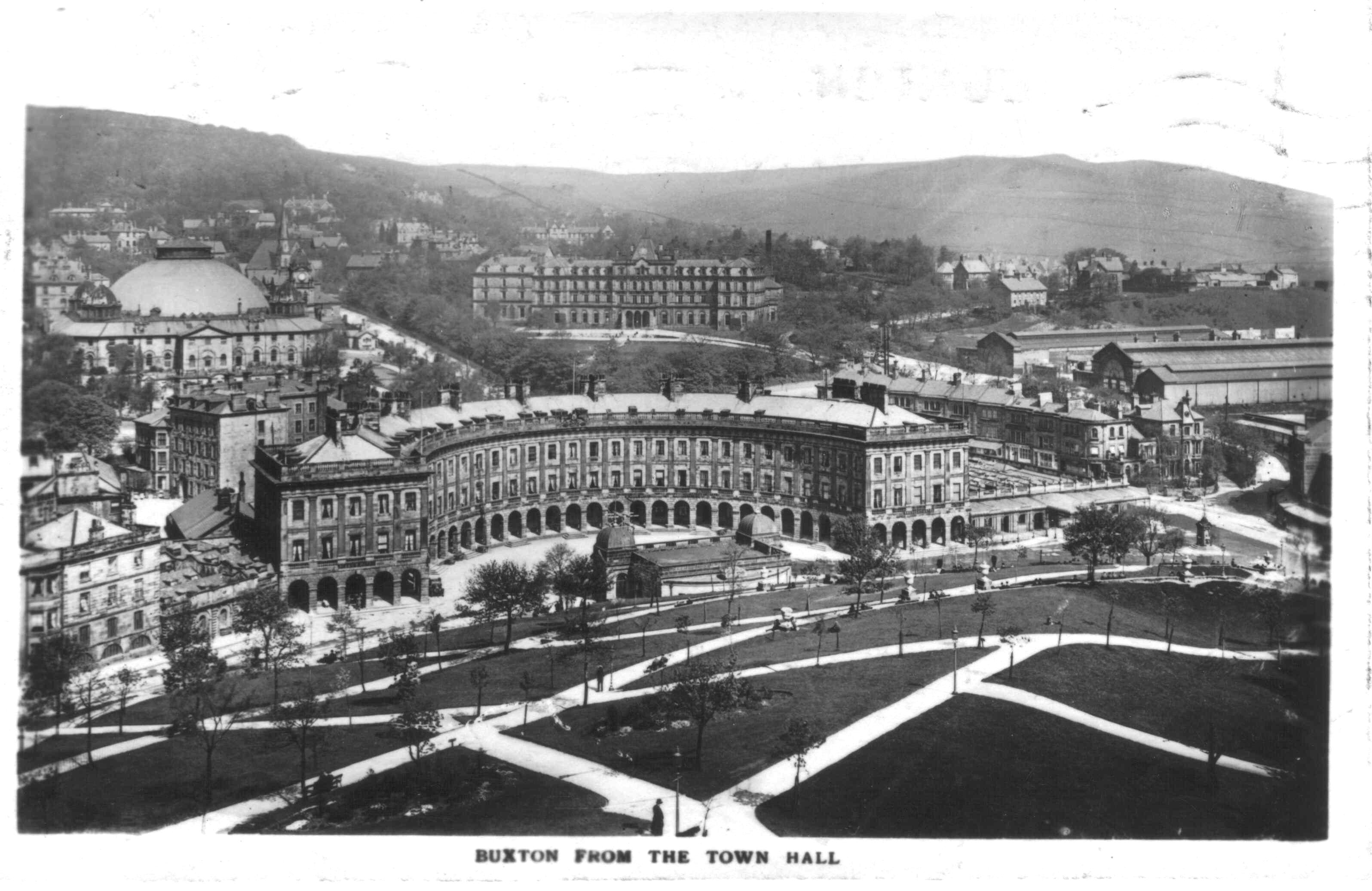
The New Kings Cross Station, the Stade de France or building and running national motorways on the continent, is one thing, but the crescent restoration project provides a life time of engineering and building challenges for Cary Hadfield, Senior Project Manager and his team from Vinci Construction.
Vinci construction is well placed to carry out the complex and challenging work that the crescent poses. As well Motorways, Hotel complexes and other major civic engineering projects, they were the main contractors in the scheme to put a roof over the shell of the Chernobyl complex. This required positioning the cover remotely and working in difficult and dangerous conditions.
Speaking to a packed Poole’s Cavern visitors centre, Cary gave BCA members a fascinating and at times a humorous insight into the progress that has been made so far and his personal journey on the crescent project.
As Cary demonstrated working on the crescent is a bit of a leap into the unknown. The enabling works carried out in 2012 were a major civil engineering project, that required the building of a concrete basement complex, positioned over the springs that provide Nestle with Buxton Spring water. It was scheduled to take 26 weeks but in the end as problems were encountered and solved it was 52 weeks before the works were complete and the Main Contract works could be tendered.
The crescent was built over 200 years ago, at a cost of £38,601, taking eight years to complete, and it has seen numerous attempts to shore up the original work over the years. It is often these previous renovations that pose greater problems than the original building works. Rotten timber structures, incomplete fireplaces all add to the difficulties of working in a Grade 1 listed building and having to adhere to strict conservation guidelines. It all contributes to the project budget of £35 million.
Interestingly conservationists are generally more interested in ensuring that the building and decorating techniques of the past are preserved where ever possible to enable future generations to understand how the building was constructed, rather than individual items that are discovered.
The sensitive nature of the building and the complex of rooms and passages often mean that modern techniques and equipment cannot be used. It is back to the old ways, with no choice but for the team to physically dig out cellars and barrow the waste away. This is physically demanding work, often undertaken in difficult conditions, including the steamy heat when working close to the springs. If the original architect, John Carr was to wander in, he would recognise many of the techniques that were being used.
So far 500 tradesmen and construction workers have been involved in the works and Cary expects that it will be closer to 3,000 by the end of the contract. He paid tribute to the team, who as well as working in often difficult conditions, including many local tradesmen, have shown great resourcefulness and skill in overcoming the challenges thrown up so far.
There were many questions from the floor. Often demonstrating an intimate knowledge of the building, these were answered fully and with attention to detail, often with humour.
The nature of the building mean that there have been unforeseen problems that inevitably cause delays, but almost a year since the restoration work began, Cary and his team believe that they have uncovered the major unseen’s.
He has offered to comeback in the summer of 2018 to give a final report on Vinci’s part in this historic project.
Dawn Chorus Grin Woods
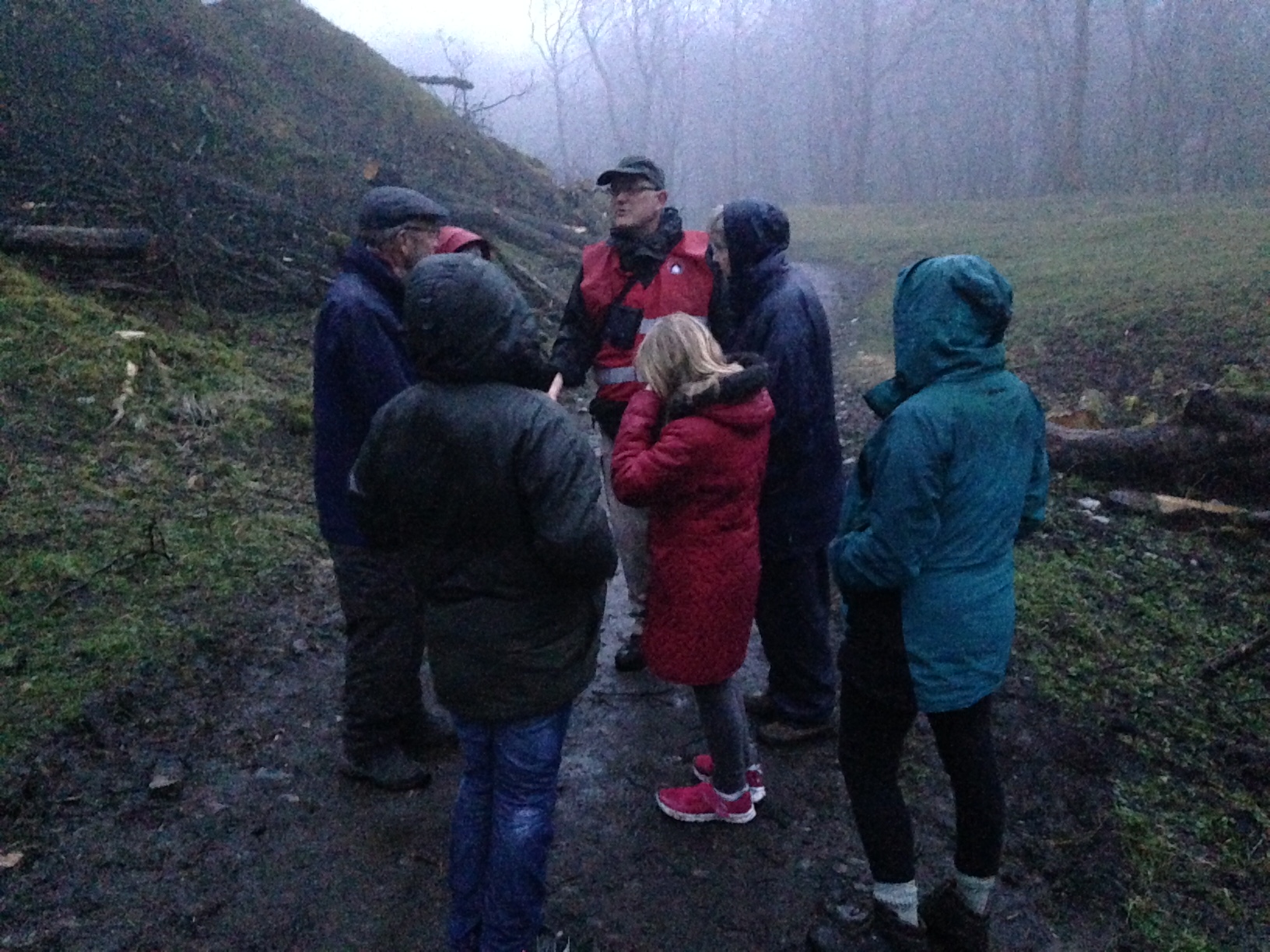
Listening intently in the rain.
Report on BCA members dawn chorus walk
International dawn chorus day dawned, wet, very wet, and with just enough of a wind to make sure that you stayed chilled and cold. So it was just before five am on Sunday morning, that we, six adults and two children, gathered in Poole's Cavern visitor's car park, with rapidly dampening spirits and even damper Cagoules to celebrate international dawn chorus day with an early morning walk in Grin woods. A song thrush was awake though and despite the rain, sang us a welcome song, as we set off into the gloom and dankness of grin wood. Now I am not going to claim that I know the wood like the back of my hand, but over the twenty five years that I have been walking there, I guess I would say that I know it reasonably well. Not as well as the younger members of our party though. They seemed to know all the secret paths, and having the super observational skill of the young, had soon spotted what they thought might be badger claw marks. They might well have been right, but by now any self-respecting badger would have been tucked up in his sett; dry, warm, cosy and settling down for a nice lie in.
We stopped by the tree with the swinging branch and listened. Blackbirds and Robins competed with each other orchestrating a beautiful melody whilst in the background a wren favoured a more atonal call. As we moved on the rain intensified, robins and blackbirds continued to vie for pride of place and Steve claimed he heard a tree creeper.
We stopped again in the clearing that links the glades. A wood pigeon made a brief appearance, a blue tit kept up a steady barrage, and a couple of crows called from the top of the canopy. The light fitfully and reluctantly chased away the shadows and the wood began to resemble its old familiar self. The birds were falling silent. The rain was steady; we beat a hasty retreat back to the car park. It had been an experience.
The number and variety of species that we heard on Sunday was disappointing even allowing for the rain. One of the reasons for creating the woodland ride is to increase the variety of habitats available , that will in the long run improve the bio diversity of the wood and lead to an increase in the range of flora and fauna.
Species that we didn't hear but we know are in the woods are; Nuthatch, Coal and Great Tit, Chiffchaff, Willow Warbler and Pied Flycatcher.
You can listen to a short clip of the some of the species that we heard by clicking on the link below.
Old Fairfield an illustrated talk by Chris Simpson
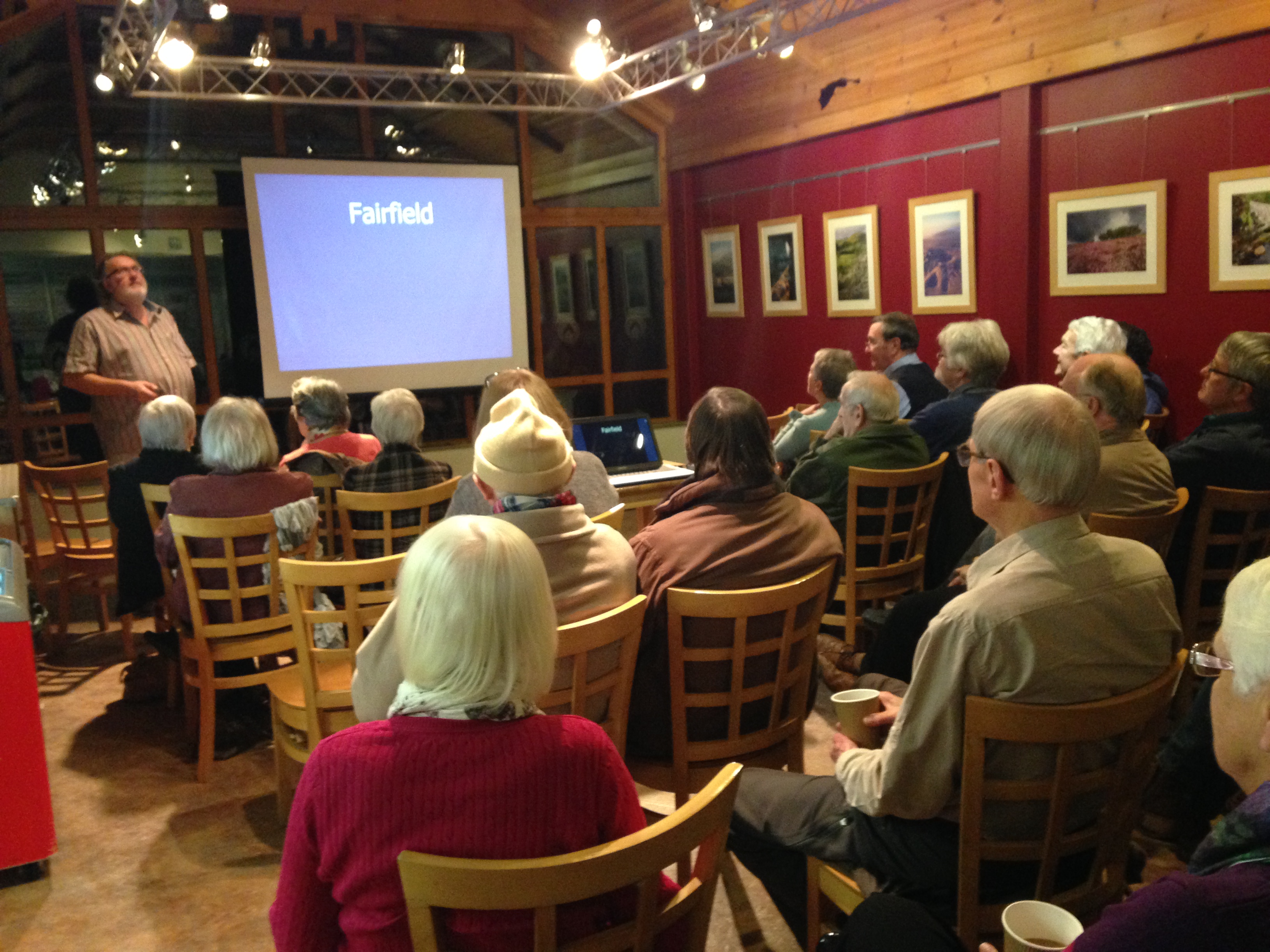
Over 40 members and guests of BCA attended the talk on Old Fairfield
Members of Buxton Civic Association were treated to a fascinating talk on “Old Fairfield” by Chris Simpson, at Poole’s Cavern visitor centre. It is largely forgotten that Fairfield was originally a town in its own right, with a town council and a town hall that can still be seen on Waterswallows Road. The 1831 Census returns recorded a population of 482 which was equal in size to Buxton.
The talk was illustrated with some wonderful original photographs and postcards. Particularly poignant were the pictures of the territorials on exercise on Hindlow in 1910. During the 1914-18 Great War, as well as being a centre for training which included trench building, Canadian troops were stationed at Buxton and underwent training and military exercises in the area. The 1914 -18 war was in part responsible for the decline in the hotel trade, and the major employer for the town became the quarries.
Chris went onto talk about two iconic houses, Pictor Hall which still stands, and the seat of Samuel Swan Brittain, Orient Lodge. Orient lodge has now been demolished but in its day was probably the largest house in the immediate locality. Samuel Brittain whose fortune was made in quarries, lost it all when his investment in a large consignment of tea was sunk in a shipping accident in the 1850’s. The house fell into decline and eventually was taken over by the Binghams before being demolished.
Fairfield was also famous for the quality of its horse breeding, being particularly well known for the quality of its hunters. There was a race course on the common with a Grandstand and an annual programme of horse racing which it was hoped would rival Cheltenham. The races were attended by people from as far afield as Ireland. A painting by Harry Kingsley entitled Fairfield Race course Derbyshire 1825 showing the course and the Grandstand can be seen in the Buxton Museum. It was decided to put an end to the racing after a mass riot and fight broke out in 1830. The race course was abandoned and the grandstand pulled down, and the wooden beams reused to form part of the Methodist Church on the market.
06.07.14 RSPB Family Day
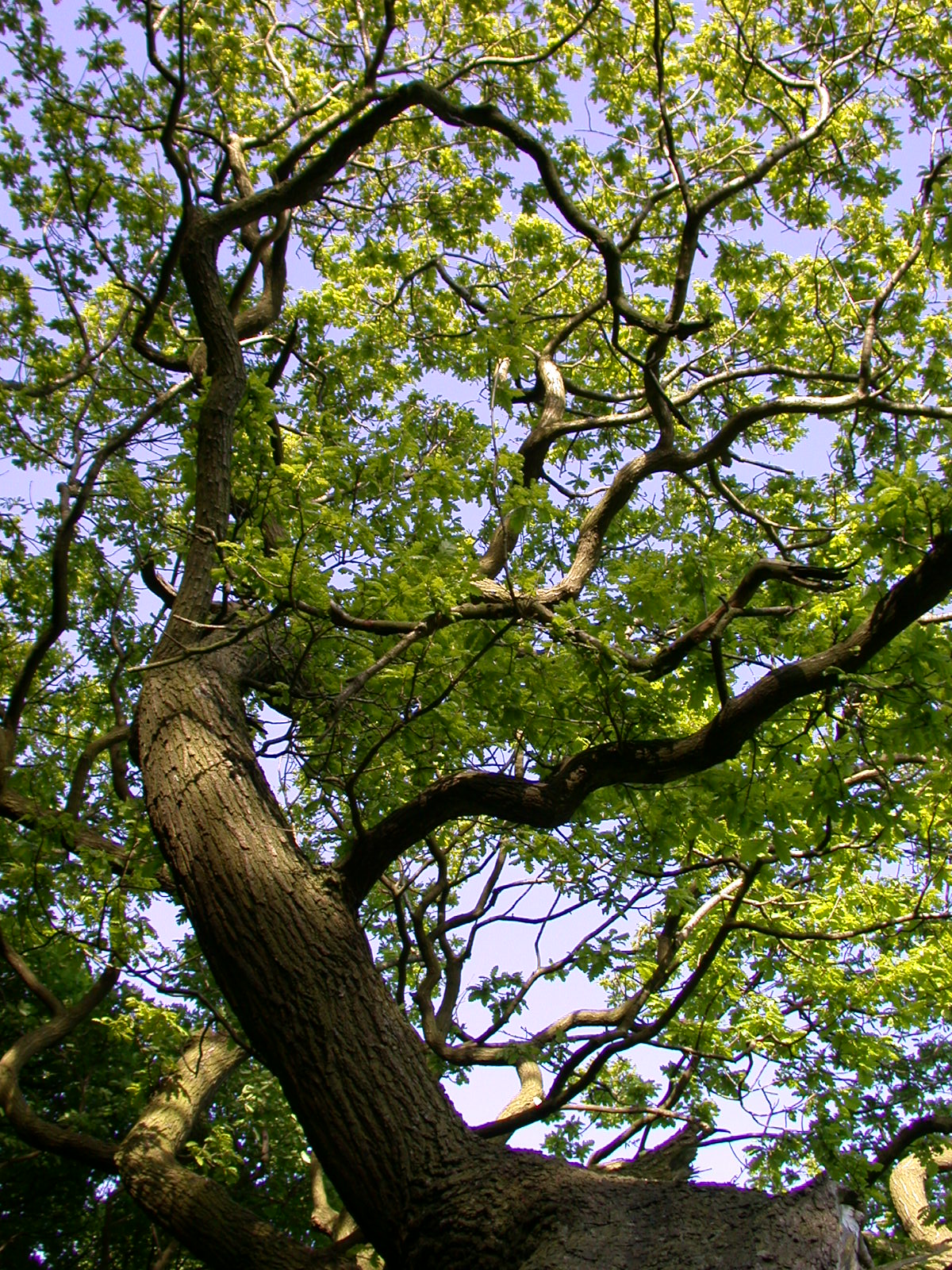
Event details:
Location: Poole's Cavern and Country Park Postcode: SK17 9DH Date: 6 Jul 2014 Start time: 10:00 am Duration: 4 hours Notes: Family ActivitiesThe RSPB will be on site today to carry a out a range of activities aimed at families.
20.07.2014 Guided walk, trees, Grin Low wild flower glades
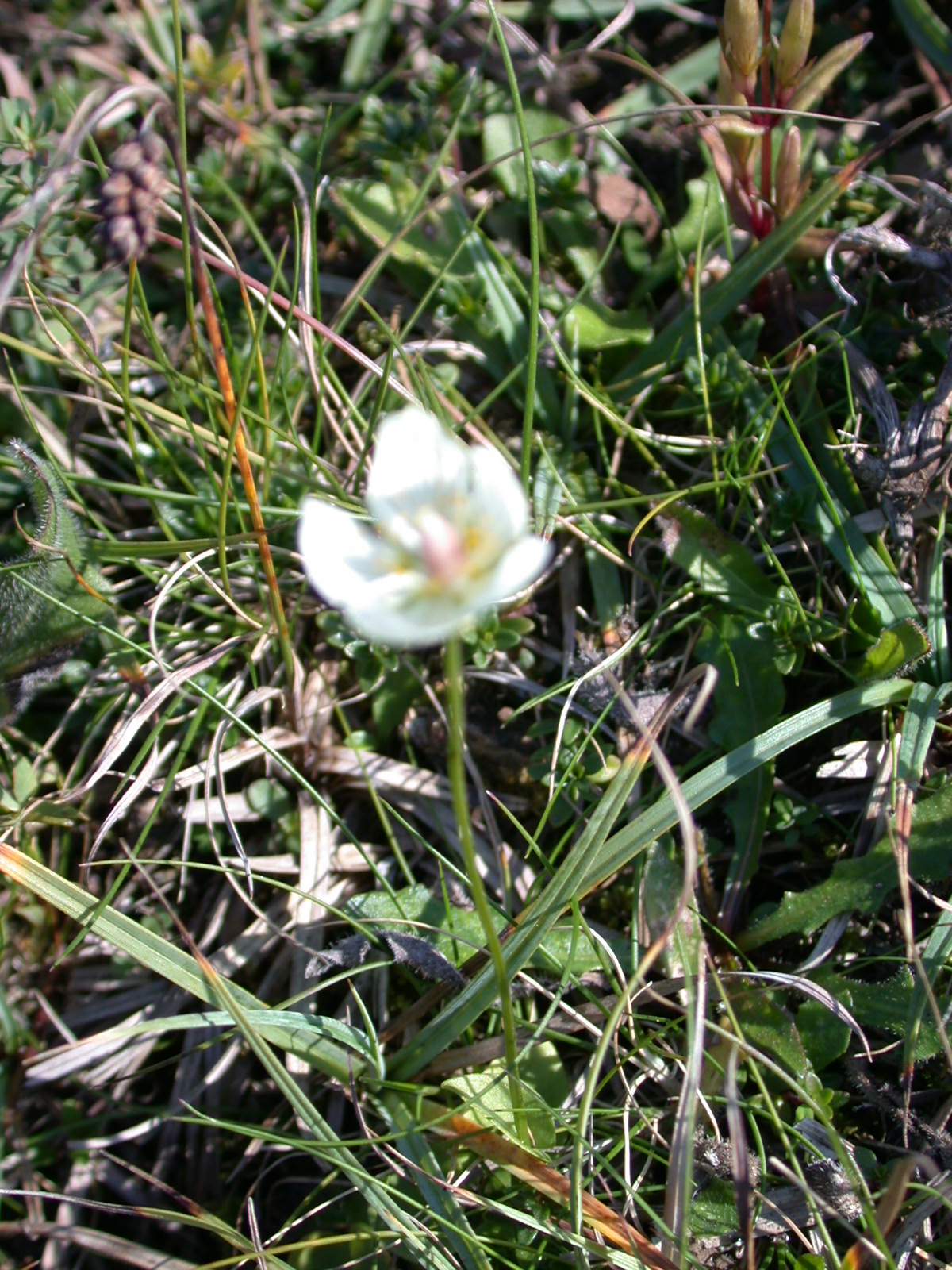
Event details:
Location: Start from Pooles Cavern Postcode: SK17 9DH Date: 20 Jul 2014 Start time: 2.00pm Duration: 2 hours Notes: Dogs welcome, outdoor activity - wear boots.20th July 2014
Tree identification and guided walk around the wild flower glades of Grin low
The walk is open to members and their families, great for children!
Venue: Meet at the Cafe @ the Cavern
Time: 2.00pm
If you're not a member and would like to join us please take a look at our membership offers.
Don’t forget the Guided Walk on Sunday 11th May 2014.
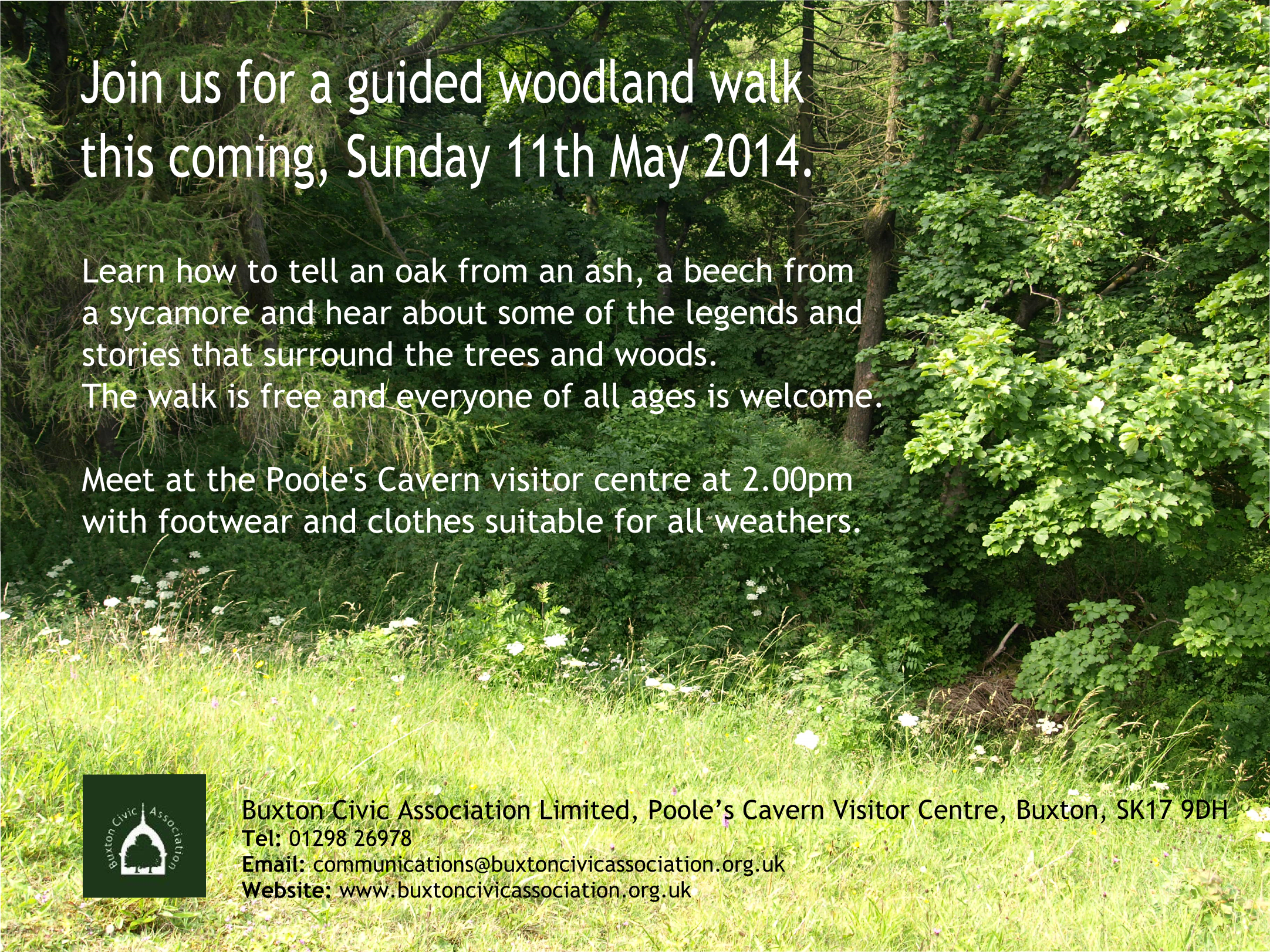
Buxton Spring Fair

Its time for the Buxton Spring Fair again. We will be having a stand and like last year we are at the top of the Slopes. Come along and say hello. The weather forecast is good so like last year it should be an amazing day.
Guided Walk in the Woods 11th May 2014
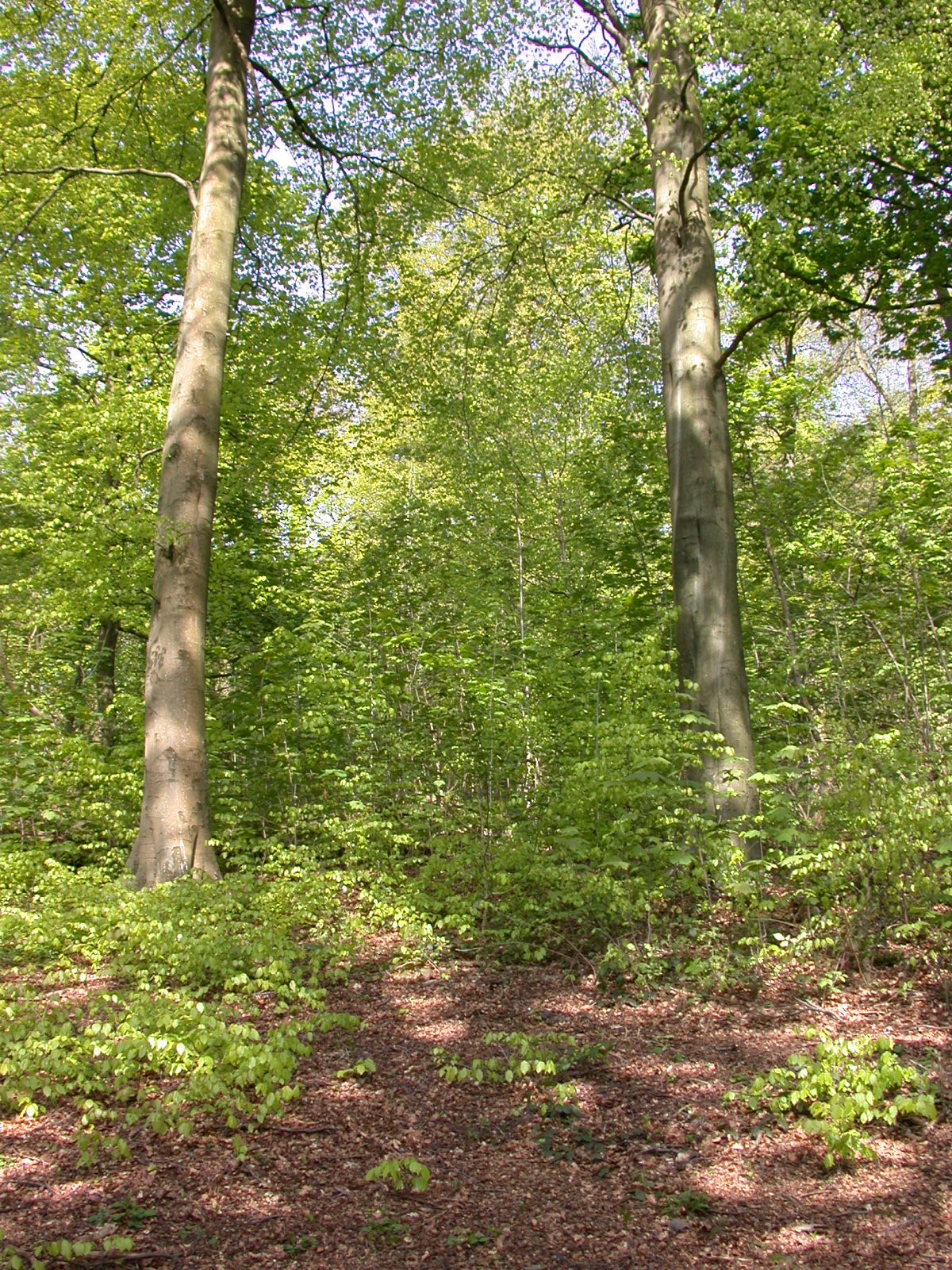
is it an Oak? Or a Beech tree? Come along on the guided walk to Grin low on Sunday 11th May 2014 and learn how to identify the different trees in our woods.
Now that spring is well and truly here, why not come along and learn about the different trees that grow in Grin low woods. Buxton Civic Association are organising a guided walk through the woods on Sunday 11th May starting at 2.00 pm. The walk will start at the visitors centre at Poole’s Cavern and will include an introductory talk about the history of the woods and the different species of trees that can be found there, followed by a walk in the woods to get some practical experience in identifying the trees. The talk and walk is free to members and non members and families are especially welcome. Printed guides to the trees in the woods will be provided and we ask that participants make a small contribution for these on the day. Bring your water proofs just in case and some stout footwear.
16.01.2014 Buxton Mountain Rescue
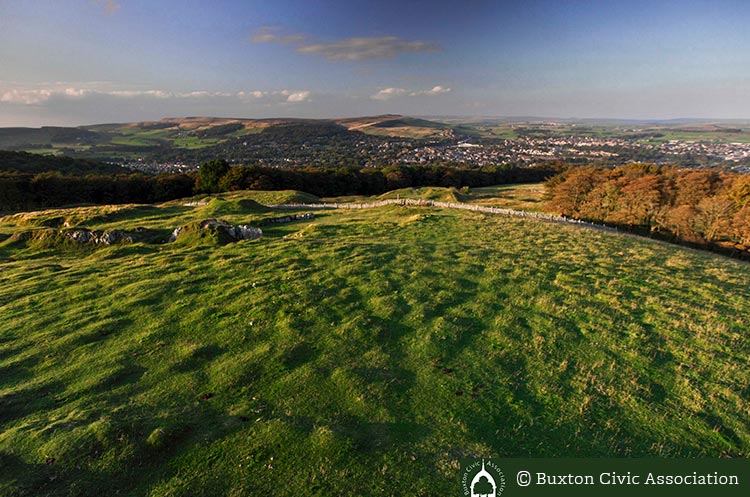
Talk from Buxton Mountain Rescue